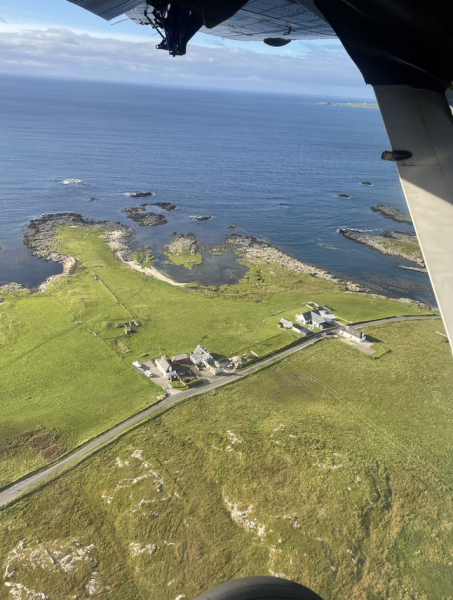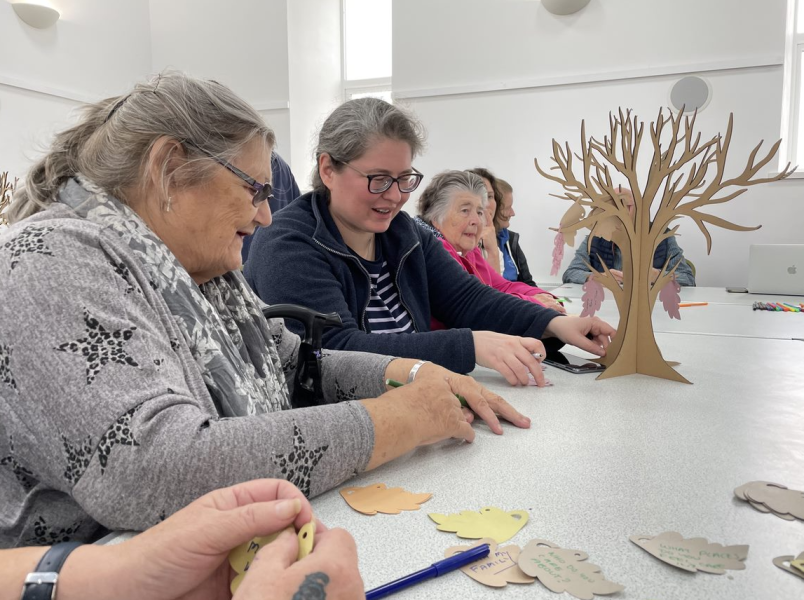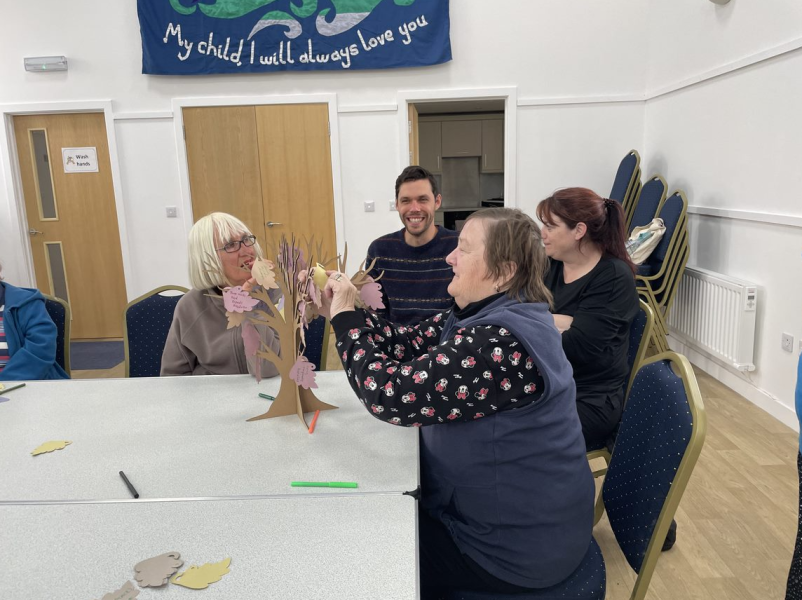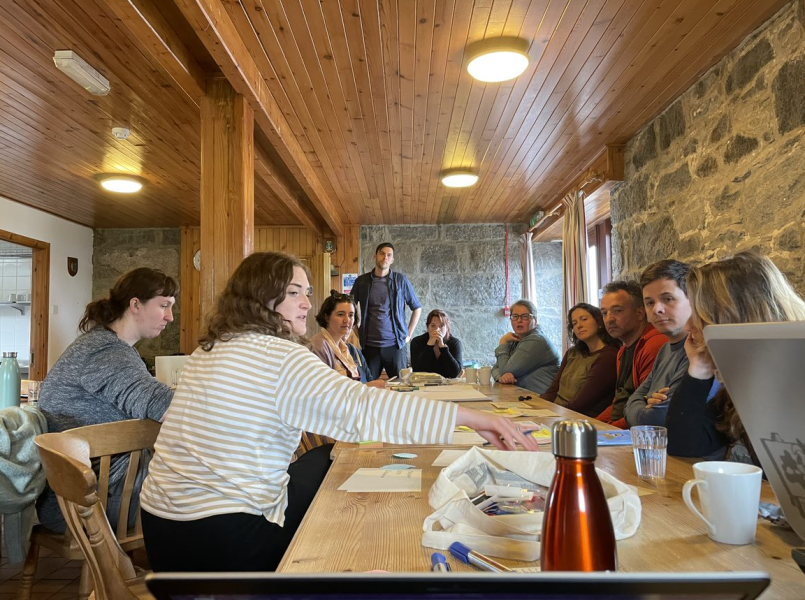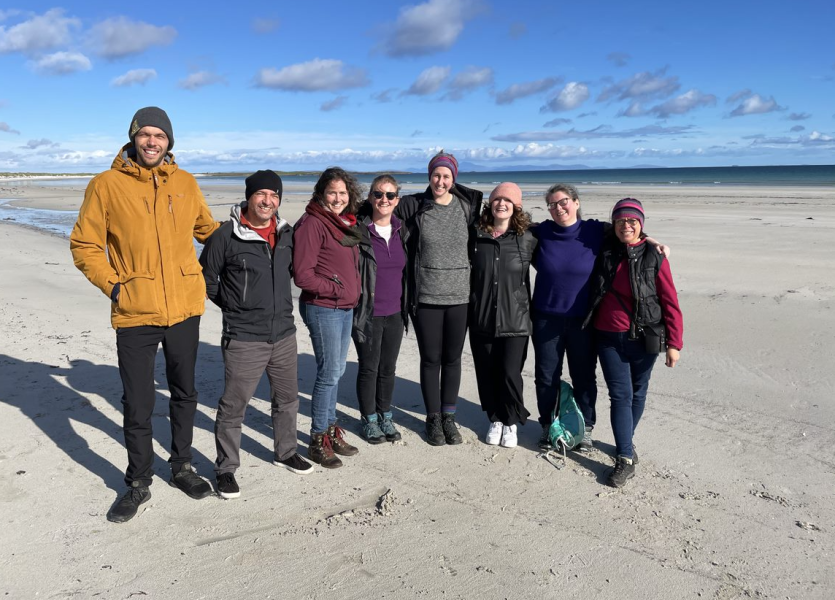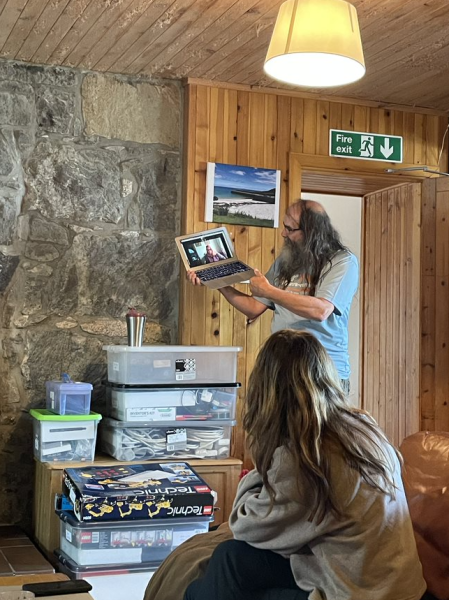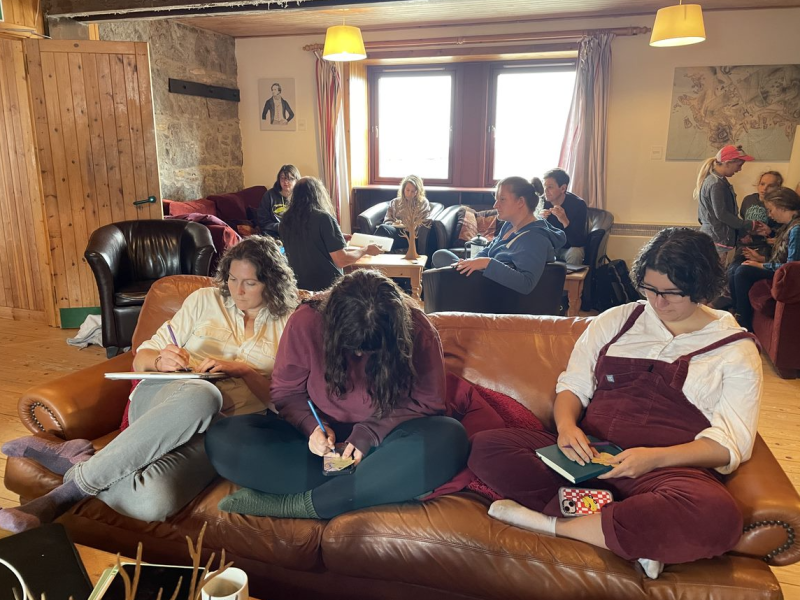ACRC at the Tiree Techwave
Lucy McCloughan tells us about a week spent with colleagues developing understanding around co-design and engagement with a rural community.
This September, we travelled to Tiree in the Inner Hebrides to take part in an innovative programme run by Prof Alan Dix from Swansea University called Tiree Tech Wave (TTW). TTW aims to provide a space to bring people and technology together, and particularly to explore "technology at the margins". Joining the small ACRC contingent, we also had a PhD student from the Institute for Design Informatics, and researchers from The Centre for Biomedicine, Self and Society, the Asthma UK Research Centre for Applied Research, the Lothian Birth Cohort, EAVE II (Early Pandemic Evaluation and Enhanced Surveillance of COVID-19 ), the ACRC partner programme Healthier Working Lives as well as a participant from Durham University. Funding for the event was secured from the Wellcome / University of Edinburgh Institutional Strategy Support Fund (ISSF3) by current and erstwhile ACRC researchers (Dr. Cara Wilson and Dr. Arlene Casey respectively).
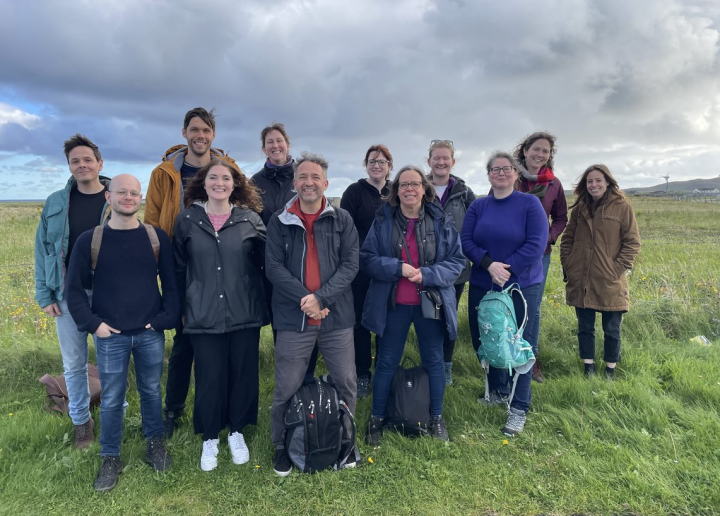
The aim of the event was to provide early-career health-data researchers (for example data scientists, engineers, social scientists and technologists) with experience of co-design and public engagement skills collaborating with a community in a very remote setting, to “understand what technology means outside the urban digital heartlands”. Based in the Hebridean Trust’s Alan Stevenson House in Hynish Heritage Village, we spent five days working together to learn about a wide range of approaches including democratising digitisation, community engagement, co-design, PPIE, participatory design and speculative design, as well as the production of “zines”.
An essential part of the visit was to work with the local community. We were very fortunate to spend time with the users and providers of Cùram Thiriodh, a community-based organisation which works with older people so that they can remain active in the local community. As well as finding out about what care means to them in a rural community, we also used some of the co-design techniques we had learned about earlier on in the week. We also benefitted from speaking to a local storyteller, who used stories as a way to facilitate discussions about end-of-life care with people with dementia, and by working with the editor of the local newspaper to get a real insight into the local community. This work really helped the visiting group to understand the challenges as well as the delights of living in such a remote area.
This was the first residential trip that most of the participants had taken part in since before the pandemic. As such, the visit was also very beneficial to the early career researchers who had not had a chance to discuss their own work with colleagues outwith their own online meetings with their own teams. It also gave ACRC colleagues a chance to reflect on how we work as a centre and gave us the space and time to think more creatively about how we can work together more collaboratively.
All participants left the island with a much deeper appreciation not just of the techniques we learned and each other’s work, but also with an insight into a way of life that is so different to the ones we live as mainly city and suburban dwellers. While advances in technology are welcomed, they bring their own challenges such as a reduction in much needed human contact, and an increase in “digital remote workers” which can put pressure on much needed housing stock for key-workers. The reliance on a small number of key people to provide support for the community was clear, and underlined the fragility of support systems in a location with a population of only 650 people.
